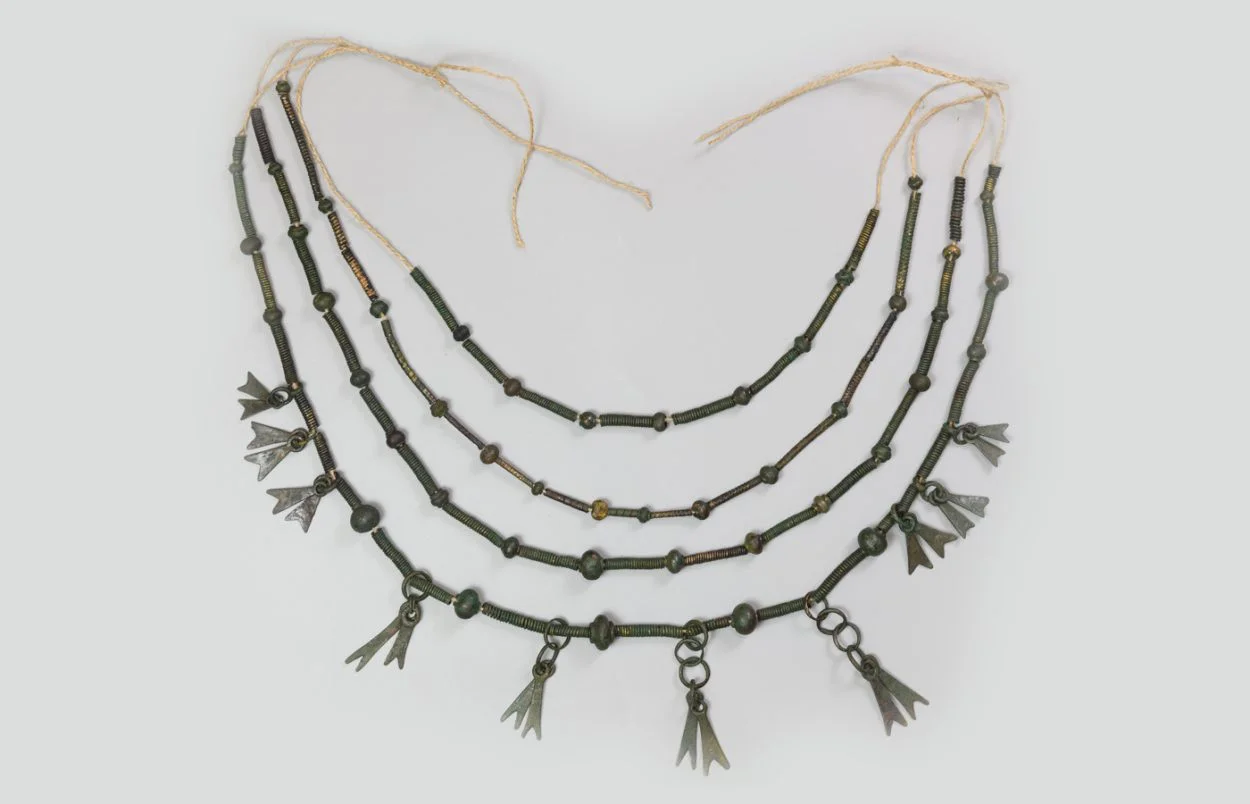Archaeologists excavating at the Papowo Biskupie archaeological site have uncovered new evidence linking burial rituals with metal depositions.
Papowo Biskupie is located at a dried-out lake in northern Poland, where excavations have uncovered Bronze Age burials containing a deposited assemblage of over 550 bronze artefacts.
The burials are associated with the Chełmno group, one of the northernmost communities from the Lusatian culture. The Chelmo lived in Central Europe during the Late Bronze and Early Iron Age from 1200 to 450 BC.
Unlike other Lusatian groups, the Chelmo group left limited examples of hoard deposition in the archaeological record, suggesting that the group placed little ritual significance to metal.
– Advertisement –
“Traditionally, the Chełmno group people are thought to have been largely unaffected by the social and economic developments of the Urnfield period and the subsequent Hallstatt culture. In contrast with the widespread metal-hoarding seen in more southerly Lusatian regions, metal does not appear to have featured prominently in the social and ritual activities of the Chełmno community,” said the archaeologists.
This narrative was called into question when excavations uncovered the skeletal remains of at least 33 individuals in the Papowo Biskupie lakebed. The results of the excavation, now published in the journal Antiquity, recovered over 550 bronze artefacts which are mostly jewellery items worn around the neck or the arms.

According to the study: “Radiocarbon dating suggests that the placement of human remains in the lake occurred before the deposition of the metal, portraying the possibility that the Chełmno community initially buried their dead in lakes before transitioning to metal votive depositions.”
These discoveries underscore a possible connection between the placement of human remains and metal objects in lakes during the later prehistoric period in Central Europe.
Significantly, the correlation of human remains with metal deposits implies that, although the Chełmno group initially diverged from the broader Lusatian culture in their ritual practices, their belief system eventually aligned with the prevailing practices in the region.
Header Image Credit : Antiquity Journal
– Advertisement –

